Growing Demand from Emerging Economies
The growing demand from emerging economies is a vital factor influencing the Aluminum Smelting Market. Countries in Asia, Africa, and South America are witnessing rapid industrialization and urbanization, leading to increased consumption of aluminum in various applications. In 2025, it is projected that these regions will contribute to over 40% of the global aluminum demand, driven by infrastructure projects, automotive production, and consumer goods. This trend presents a lucrative opportunity for aluminum smelting companies to expand their operations and cater to these burgeoning markets. However, it also poses challenges in terms of meeting environmental regulations and ensuring sustainable practices, which are becoming increasingly important in these regions.
Increasing Recycling Rates of Aluminum
The increasing recycling rates of aluminum are a crucial driver for the Aluminum Smelting Market. As sustainability becomes a focal point for consumers and manufacturers alike, the recycling of aluminum is gaining traction. In 2025, it is estimated that recycled aluminum will account for over 50% of the total aluminum supply, significantly reducing the need for primary smelting. This shift not only conserves energy but also minimizes the environmental footprint associated with aluminum production. The smelting industry is likely to adapt to this trend by enhancing recycling capabilities and integrating recycled materials into their production processes. This transition could lead to a more circular economy within the aluminum sector, fostering long-term sustainability and resource efficiency.
Infrastructure Development Initiatives
Infrastructure development initiatives are playing a pivotal role in shaping the Aluminum Smelting Market. Governments across various regions are investing heavily in infrastructure projects, including transportation, energy, and housing. This investment is anticipated to drive the demand for aluminum, which is widely used in construction and infrastructure applications due to its durability and resistance to corrosion. In 2025, it is estimated that the construction sector will consume around 40% of the total aluminum production, further propelling the smelting industry. The ongoing urbanization trends and the need for sustainable building materials are likely to enhance the market dynamics, as aluminum is increasingly recognized for its recyclability and low environmental impact.
Rising Demand for Lightweight Materials
The Aluminum Smelting Market is experiencing a surge in demand for lightweight materials, particularly in the automotive and aerospace sectors. As manufacturers increasingly prioritize fuel efficiency and performance, aluminum's lightweight properties make it an attractive alternative to traditional materials. In 2025, the automotive sector is projected to account for approximately 30% of aluminum consumption, driven by the need for lighter vehicles that comply with stringent emissions regulations. This trend is likely to bolster the aluminum smelting industry, as producers ramp up output to meet the growing needs of these sectors. Furthermore, the aerospace industry is also expected to contribute significantly, with aluminum being favored for its strength-to-weight ratio, thereby enhancing aircraft performance and reducing operational costs.
Technological Innovations in Smelting Processes
Technological innovations in smelting processes are significantly influencing the Aluminum Smelting Market. Advances in electrolysis and energy efficiency are enabling producers to reduce operational costs and environmental impact. For instance, the introduction of inert anode technology is expected to lower greenhouse gas emissions associated with aluminum production. In 2025, it is projected that companies adopting these technologies could see a reduction in energy consumption by up to 20%, thereby enhancing profitability. Additionally, the integration of automation and artificial intelligence in smelting operations is likely to improve production efficiency and yield, making the industry more competitive. These innovations not only address environmental concerns but also align with the growing demand for sustainable practices in the aluminum sector.



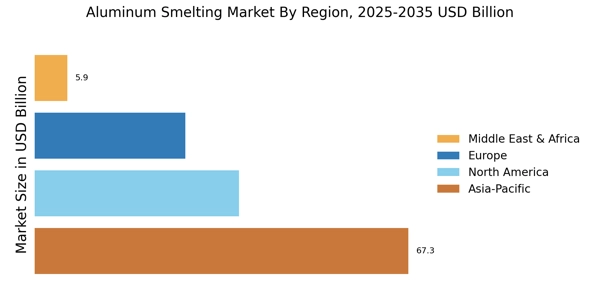
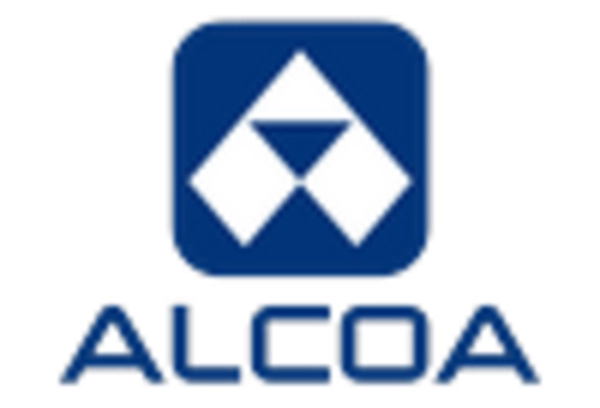
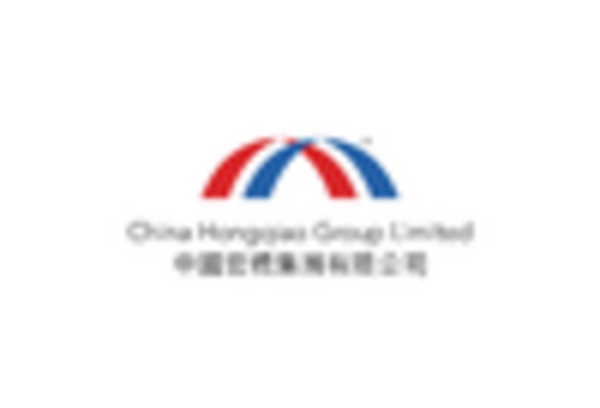

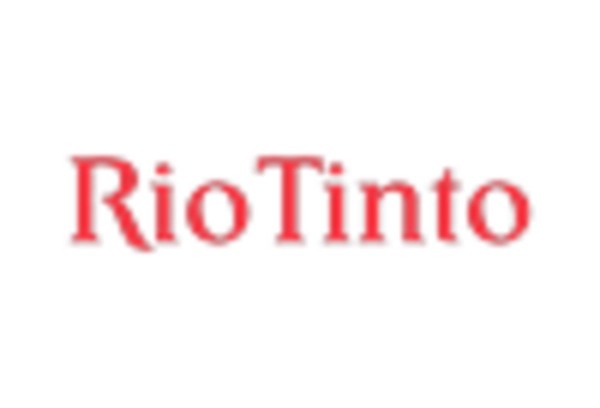
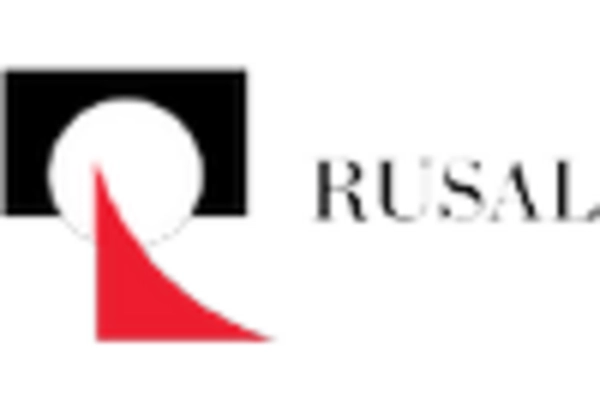









Leave a Comment